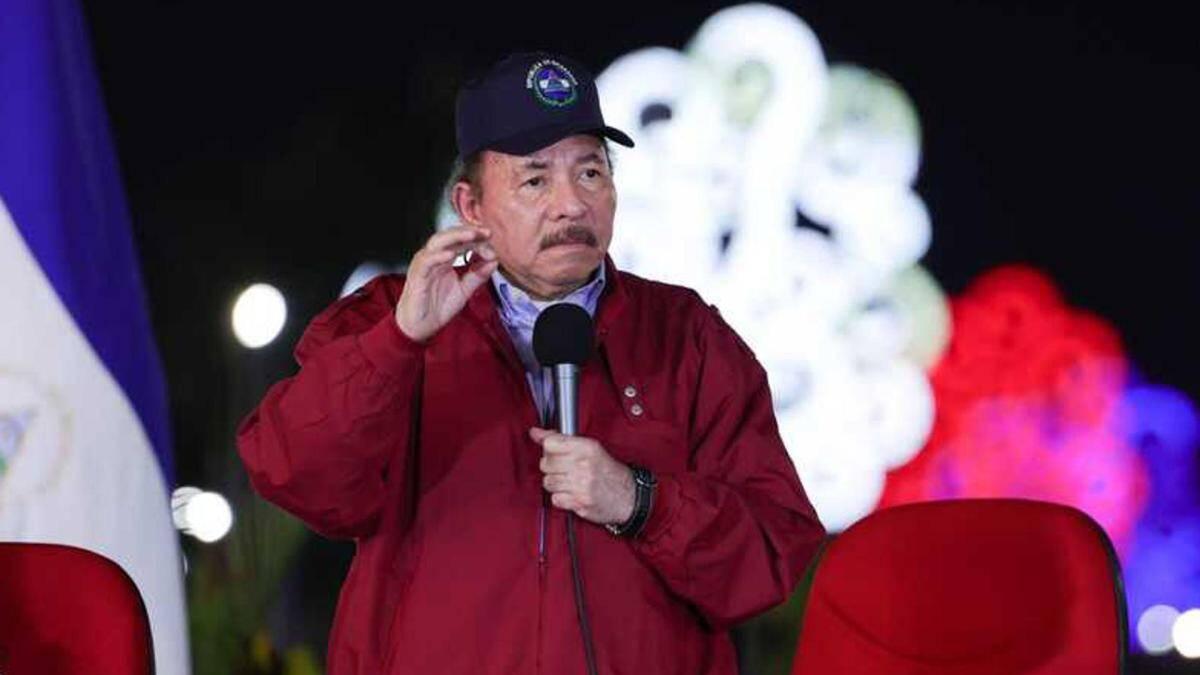A sense of direct influence is important to some people, although the most effective way to help is through well-organized organizations, says charity researcher Emilia von Troil.
Finns have donated some € 25 million through key aid organizations to date to help Ukrainians affected by the war.
The matter emerges from a survey conducted by HS, which was answered by, among others, the Finnish Red Cross (SPR), Unicef Finland, the Association of Doctors Without Borders and the Church Aid.
The majority of donations have been made through traditional SPR and Unicef. The collection amount of SPR is currently about 10 million euros, more than nine million euros for Unicef Finland.
Big aid organizations are often criticized in online chats and push radio talk about the fact that much of the money donated is actually spent on non-emergency aid. The funds are suspected to flow into the salary costs of large organizations, for example.
So how much of the donation goes directly to helping Ukrainians in need, if you donate, for example, 20 euros to a charity fundraiser?
SPR says that it goes directly to aid work for about 18 euros. Unicef currently estimates the amount at € 17.20.
According to the organizations, it is possible that the share of the money going to concrete aid will be even higher than currently announced. Only in the case of Ukraine will the final collection and administration costs, which will be known later, be lower than in many other crises, especially since the collections have now received a great deal of attention and donor interest, even with a lot of paid advertising.
To the big ones aid organizations may also be skeptical because they are not believed to be receiving aid to the actual war zones at the moment either.
Humanitarian aid expert Tarmo Heikkilä Finland’s Unicef responds to suspicions that the foundation for the escalation of the war has actually been built for years.
“Maybe the key word here is that we’ve been there for a long time,” says Heikkilä.
Heikkilä refers to the warfare in Eastern Ukraine that began in 2014. Thus, the big aid organizations were not completely facing a new one in Ukraine when Russia launched its large-scale military offensive in February 2022.
“In a way, starting a job from zero to one hundred in such a conflict situation would be really difficult,” says Heikkilä.
Thus, for example, Unicef was already preparing for the possible expansion of the war, so that, according to Heikkilä, it already had stocks of relief supplies in Ukraine.
“We do different scenarios in advance in all crisis areas about what kind of things might happen. For example, there have already been stockpiles of supplies and additional shipments on the way, so it has been possible to start distributing the aid immediately. ”
In the stock of supplies expected, for example, pre-packaged packages containing hygiene products and products related to primary health care and the education of children in crisis situations.
Unicef has also had a large warehouse in Copenhagen as an essential support for its systematic operations. From there, the supplies first move by plane and the rest of the truck to various distribution points within the borders of Ukraine.
“A significant batch has been delivered from Copenhagen last weekend: various pre-packaged supplies. The latest batch included, among other things, 22 kits of supplies to be delivered to the hospital in connection with childbirth, ”says Heikkilä.
When goods are transferred from a large warehouse outside the conflict area to those in need, replenishment will be procured there at the same time with, among other things, Finnish donations.
“We have a huge volume with our existing warehouses,” says Heikkilä.
Just planned and routine activities make established aid organizations the most effective helpers in crisis areas, evaluates charity researcher at the University of Eastern Finland Emilia von Troil.
“It’s funny that such bigger and international players might be treated with great caution. We think we know how to do better ourselves, even if it’s a war zone, ”says von Troil.
According to him, the desire to help that has risen among Finns is, of course, a fundamentally positive thing, and there is no doubt that there is a good will for people transporting self-sufficient aid vans to Ukraine’s borders. However, the relief effort described by Von Troil as “semi-woolly” may ultimately do more harm than good.
“When there is no organized export, there is a lot of stuff standing there. It only complicates relief operations, ”von Troil says.
Foreigners engaged in small-scale, do-it-yourself spiritual assistance may also be physically on the road at congested border crossings. More than two million people have already fled the Russian invasion, according to the United Nations High Commissioner for Refugees (UNHCR).
“There’s just enough hassle, ambiguity and chaos there,” von Troil believes.
Unicefin Tarmo Heikkilä, an expert in humanitarian aid, points out that those most in need are often in places where helpers need to be able to find them themselves.
“If, for example, aid packages are distributed, then the people who need them the most will not be able to rush there and apply for some distribution themselves,” Heikkilä says.
As a UN children’s organization, Unicef has the experience and means to take humanitarian aid to actual war zones. Heikkilä cites as an example, among other things, aid convoys in which vehicles are prominently marked with UN symbols.
“We are asking the warring parties to refrain from military action on aid transports,” he says.
Ceasefires also make it much easier to assist and evacuate civilians, although at least in the early stages of the war they did not hold in Ukraine.
“There are pockets and areas left where it has not been possible to provide help – and it is not really known what kind of people are there,” Heikkilä says.
According to Heikkilä, Unicef has about 140 employees in Ukraine. The organization also has its own transport equipment, in addition to which the transport of supplies is also purchased from local subcontractors.
Heikkilä reminds that emergency aid is not in Ukraine or just material support at all. People traumatized by war also need mental health care and counseling from professionals, as well as health services and education.
Why however, do some ordinary Finns feel that it is better to help Ukrainians on their own directly than through large aid organizations?
Charity researcher Emilia von Troil estimates that “a sense of direct influence” is important to many. For the same reason, a goat in a famine-stricken area may be bought through an organization rather than making earmarked money available.
“When you feel like the donation is kind of drowning somewhere in the crowd. Although, of course, with a large volume, you can get more equal help, ”says von Troil.
For some, skepticism stems from von Troil’s belief that they do not trust structures and institutions.
There have been many opinions about the appropriate level of aid organizations’ own expenses, von Troil says.
In any case, the fact is that some of the money will inevitably go to fundraising, staff and administrative costs, and logistics. Aid does not automatically go to war and crisis areas.
“People have to be paid to do their jobs well and to be able to work in an organized way,” von Troil says.
#War #Ukraine #Finns #donated #million #euros #Ukraine #part #money #ends #helped







